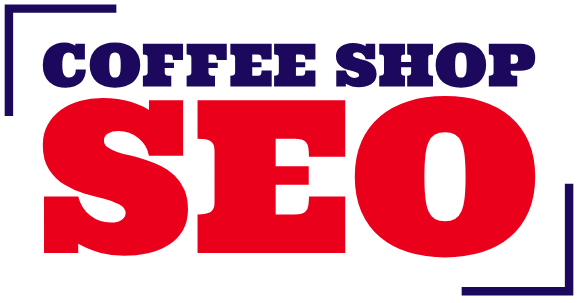Introduction:
On-Page SEO for coffee sites involves optimizing every element within your website to ensure search engines understand your content and rank it for relevant keywords. For coffee shops and coffee-related businesses, this means improving the way your pages are written, structured, and presented so that they appear higher in Google searches when customers are looking for phrases like “coffee near me,” “best espresso in [city],” or “online coffee beans store.” On-page SEO is the foundation of visibility—it tells search engines exactly who you are, what you do, and where you’re located, while also improving the experience for users who visit your site.
Optimizing Content for Coffee Keywords:
The heart of any on-page SEO strategy is the content itself. For coffee websites, this means writing pages and blog posts that use keywords customers are likely to search for—like “artisan coffee beans,” “cold brew café,” or “local coffee roaster.” The content should be helpful, informative, and unique, answering questions users may have about your products, services, or brand. Each page should have a clear topic, use the keyword naturally in titles and subheadings, and include local references if you’re targeting a specific area. Creating high-quality content not only helps with rankings but also builds trust with visitors, keeping them engaged and encouraging them to explore more of your site.
Technical and Structural On-Page Elements:
Beyond content, there are several technical components that must be optimized for effective on-page SEO. Every coffee site should have well-structured title tags and meta descriptions that include the main keyword and clearly describe the page’s purpose. Headers (like H1, H2, and H3) should be used in a logical order to guide readers and search engines through your content. Images should include descriptive alt tags, especially when showcasing products, locations, or café interiors. Internal linking is another important factor—by linking between related pages, such as your menu, blog posts, or online store, you help users navigate easily and boost SEO performance. The faster and more user-friendly your pages are, the better your results will be.
Local and Product-Specific Optimization:
If your coffee site targets a specific geographic area—like a physical café in a city—then your on-page SEO should include location-specific terms. These help search engines connect your business to local queries like “coffee shop downtown” or “espresso near [location].” Include your address and contact details in a consistent format across the site, and embed a Google Map if you have a storefront. If you sell coffee beans, brewing equipment, or accessories online, make sure your product pages are optimized with unique descriptions, titles, and keywords for each item. This improves the chances of ranking for specific product searches, especially when customers are ready to buy.
Conclusion:
On-Page SEO for coffee sites is essential for improving visibility, attracting targeted traffic, and converting visitors into customers. By creating keyword-rich content, optimizing the technical structure of your pages, and tailoring your site to your location or product offerings, you give your coffee business the best chance of ranking well on search engines. Whether you run a local café or an eCommerce coffee brand, consistent on-page SEO lays the groundwork for long-term success in the highly competitive coffee industry. With a well-optimized site, you can turn casual searchers into loyal customers and grow your presence in both your local market and beyond.
